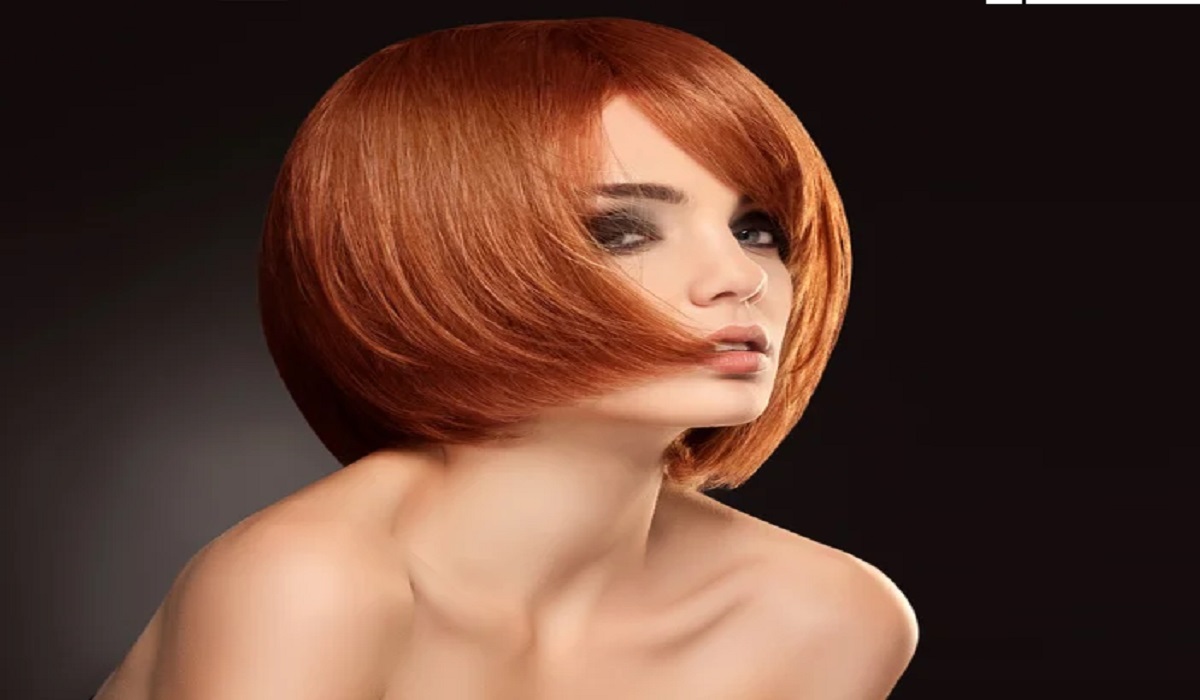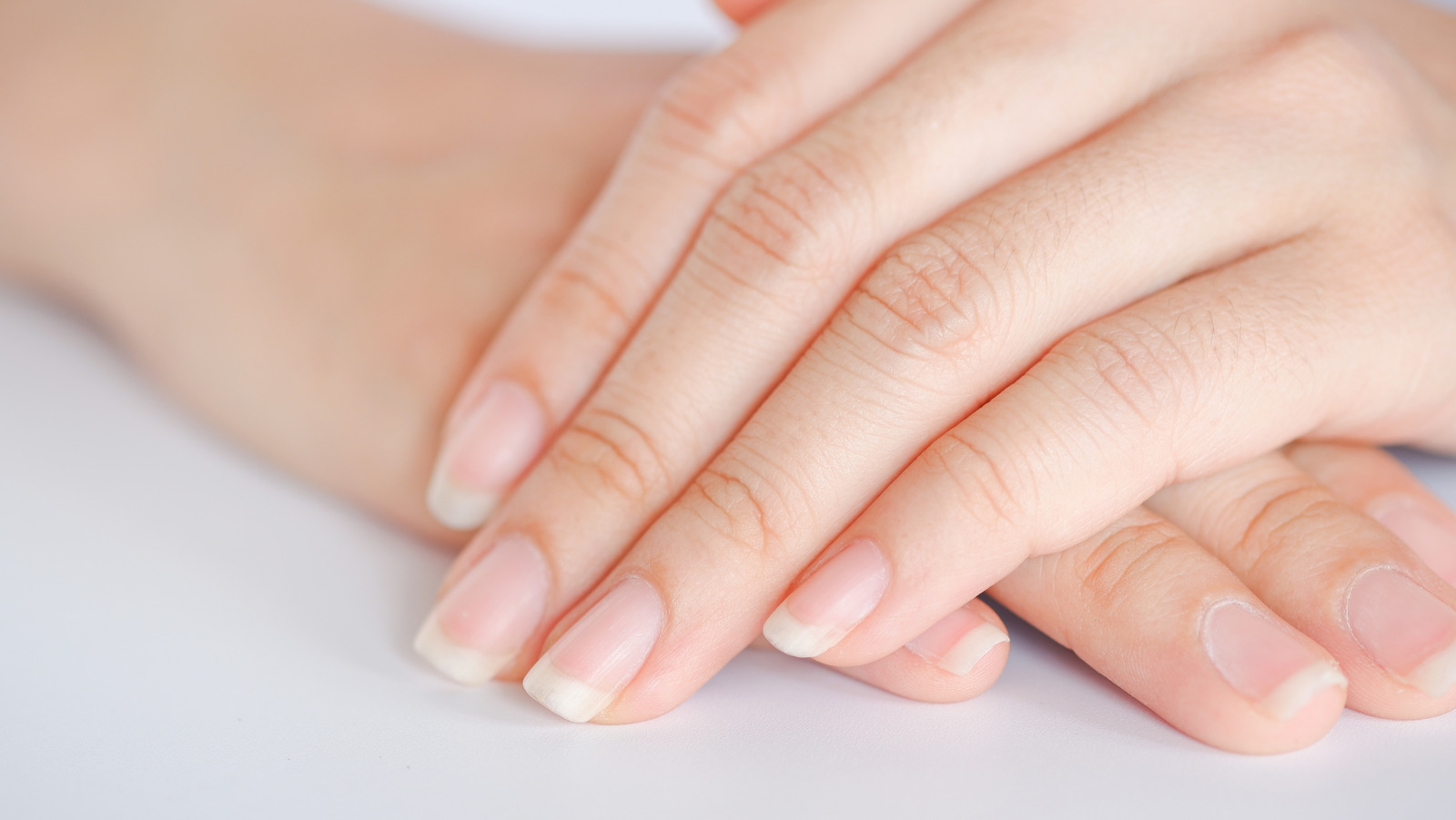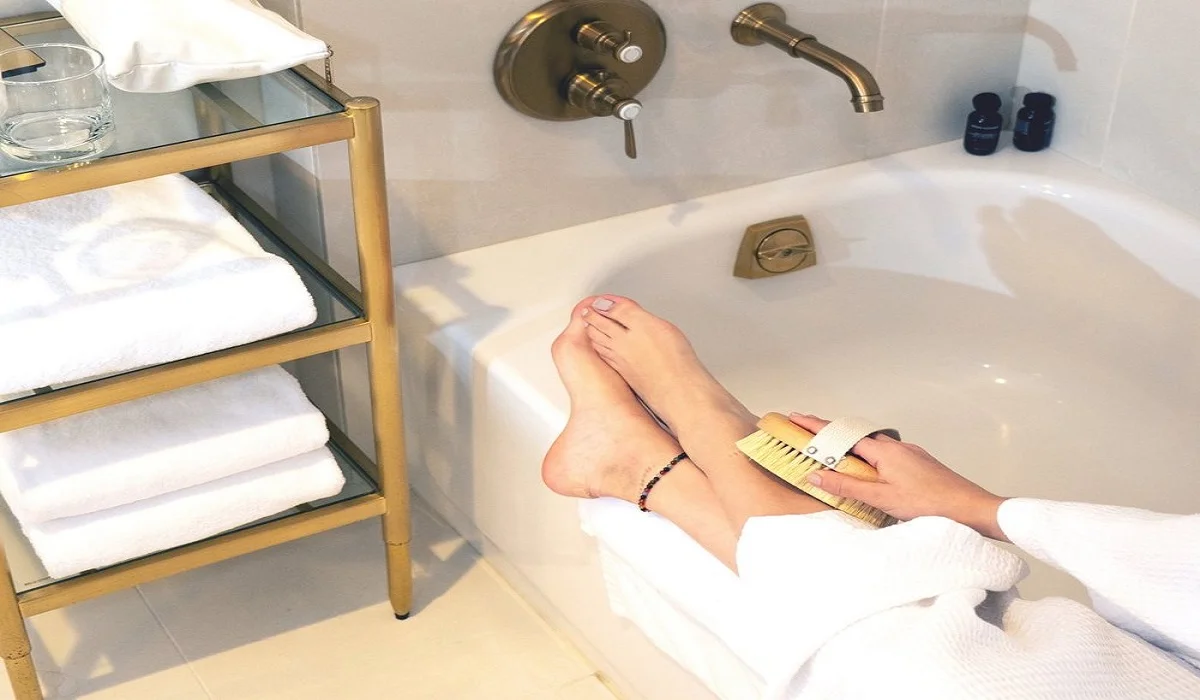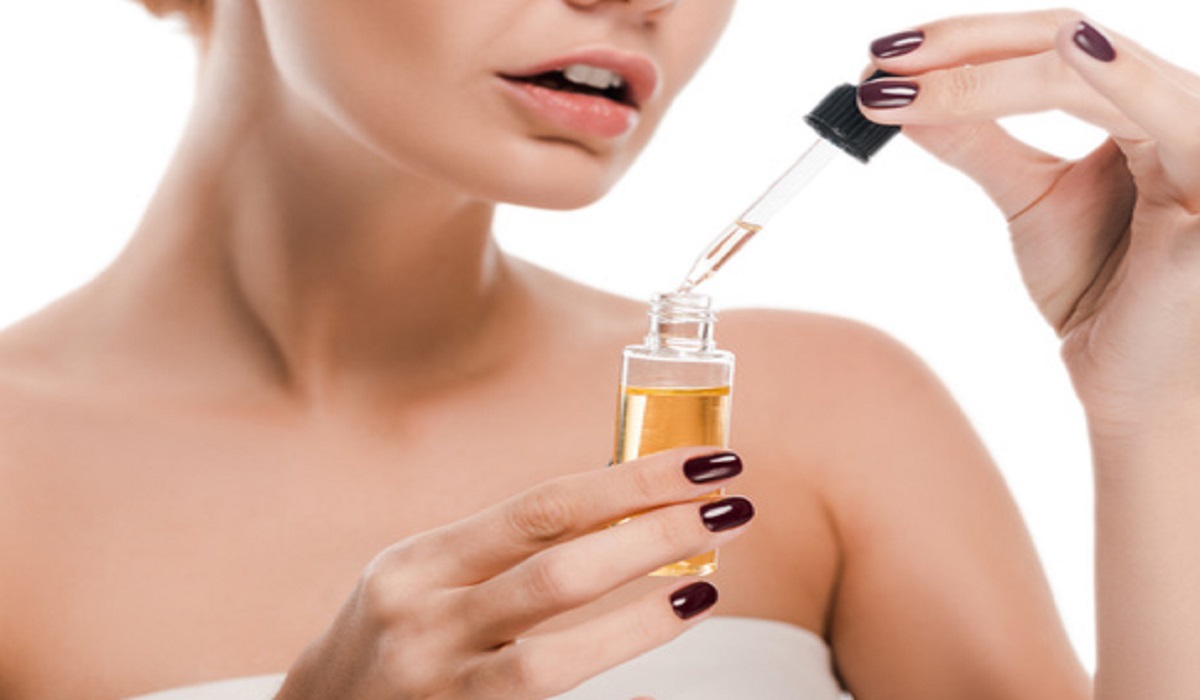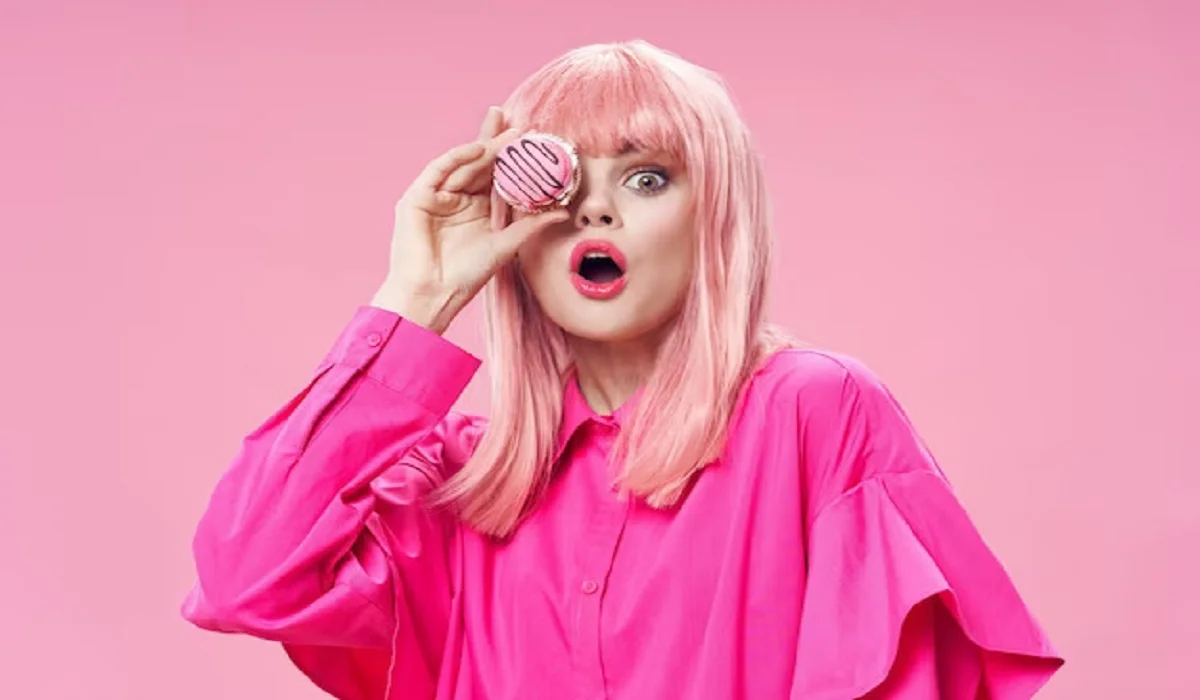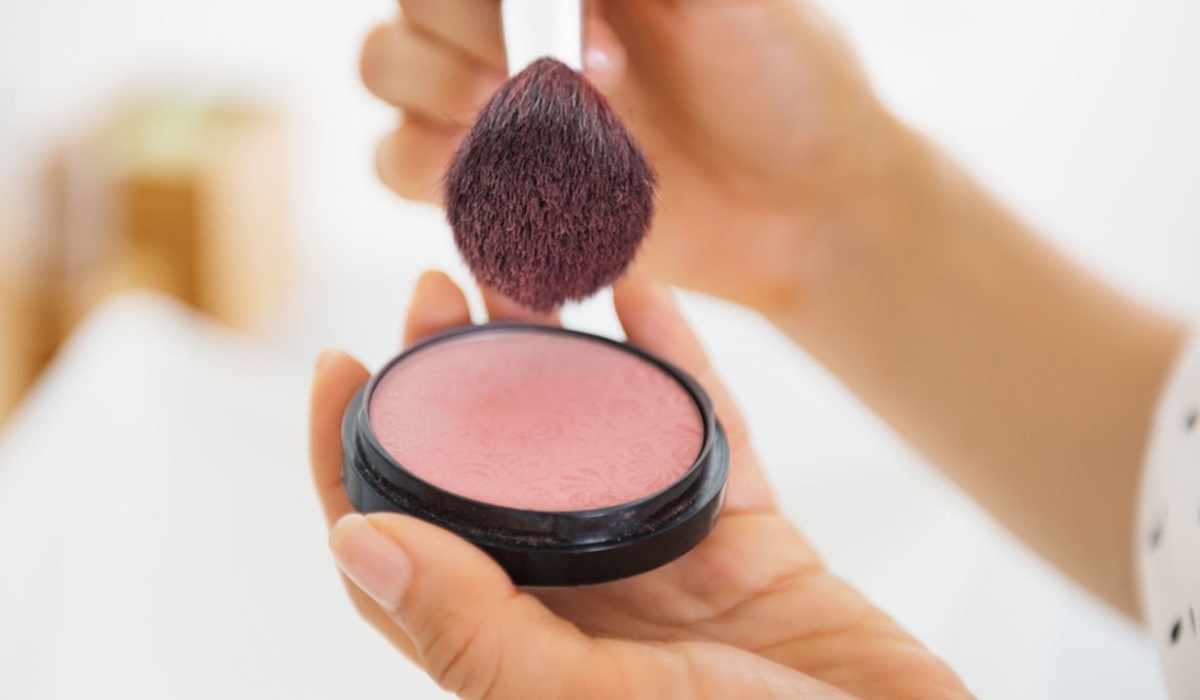Creating a flawless makeup look without relying on foundation is an art that celebrates natural beauty while skillfully concealing imperfections. This approach not only allows your skin to breathe but also highlights your features in the most natural and effortless way. Whether you’re aiming to simplify your makeup routine or seeking a lighter option for daily wear, mastering the art of no-foundation makeup can transform your beauty regimen.

The Basics of No-Foundation Makeup
The journey to a flawless look without foundation starts with understanding the essentials. Prepping your skin and choosing the right products are foundational steps that determine the success of your makeup application. This section will guide you through essential skin preparation, selecting products that enhance rather than cover, and techniques that offer coverage and radiance without the weight of foundation.
Skin Preparation
A flawless makeup application begins with well-prepared skin. Cleansing, exfoliating, and hydrating are key steps to create a smooth canvas. Additionally, priming your skin helps to refine pores and ensure a longer-lasting makeup application. This segment will delve into the best practices for skin preparation, focusing on products and methods that boost your skin’s natural glow.
Concealing Without Foundation
Concealing blemishes and under-eye circles without the blanket coverage of foundation requires targeted techniques and the right concealer. This part will explore how to choose a concealer that matches your skin tone and texture and detailed application methods to cover imperfections effectively.
Enhancing the Skin with Tinted Moisturizers
Tinted moisturizers offer a light, breathable alternative to foundation, providing hydration and a hint of color. This section will cover how to select the perfect tinted moisturizer for your skin type and the best application tips for a natural, dewy finish.
The Role of Powder
Setting your makeup and reducing shine without foundation can be achieved with the right powder. We’ll discuss the different types of powders available, from translucent to mineral, and how to apply them for a natural, matte finish.
Achieving a Natural Glow with Highlighters
Highlighters can bring dimension and a healthy glow to the skin without the need for foundation. This part will guide you through selecting the right highlighter for your skin tone and mastering subtle highlighting techniques.
Adding Color Without Heaviness
Blush and bronzer can add warmth and color to your face without the heaviness of foundation. Learn about the selection of blush and bronzer that complements your skin tone and how to apply them for a natural-looking flush and contour.
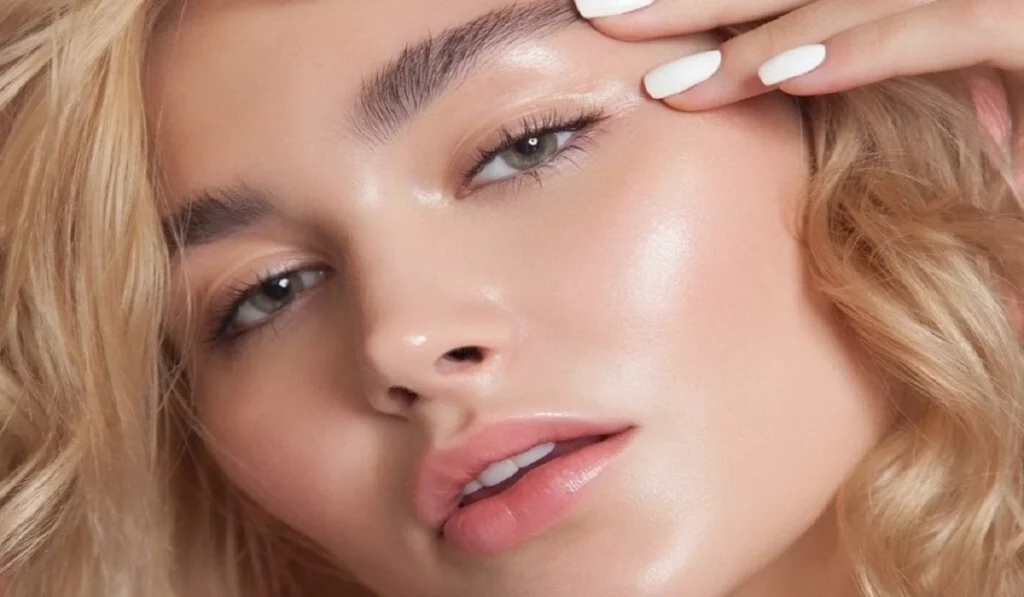
Eye Makeup Techniques
Eye makeup plays a crucial role in enhancing your no-foundation look. From choosing the right eyeshadow colors to applying mascara and eyeliner for maximum impact, this section provides tips for making your eyes stand out.
Defining Brows
Well-defined brows frame your face and enhance your features, especially when foregoing foundation. Discover how to find the right shape and color for your brows and techniques for filling and shaping them for a polished look.
Lip Makeup
Lip color can tie your makeup look together. This part will discuss how to choose lip colors that complement your natural look and application tips for a lasting impact.
Setting Your Makeup Without Foundation
Ensuring your makeup lasts all day without foundation is crucial. We’ll explore the benefits of setting sprays and how to use them to lock in your makeup for extended wear.
Daily Makeup Routine Tips
Streamlining your makeup routine for efficiency and adapting it for different occasions is essential. This section offers tips on creating a quick and effective daily makeup routine that embraces the no-foundation approach.
Troubleshooting Common Issues
Dealing with oiliness or dry patches without foundation can be challenging. Here, we provide solutions for managing common skin issues while maintaining a flawless makeup look.
Advanced Techniques
For those looking to elevate their no-foundation makeup, this part introduces advanced techniques like contouring and using multi-use products to enhance your natural beauty further.
Transitioning to a No-Foundation Routine
Making the switch to a no-foundation makeup routine can be a gradual process. This section offers advice on embracing your natural skin and making the transition smoothly.
Embracing a makeup routine without foundation is a liberating experience that highlights your natural beauty. With the right techniques and products, achieving a flawless look is not only possible but can also enhance your confidence in your skin. As you explore the world of no-foundation makeup, remember that beauty is about feeling comfortable and confident in your skin, with or without makeup.
- How can I ensure my makeup lasts all day without foundation?
- What are the best products for a no-foundation makeup look?
- Can I achieve full coverage without foundation?
- How do I choose the right concealer shade?
- Tips for managing oily skin without foundation?
- How to enhance natural glow without foundation?

